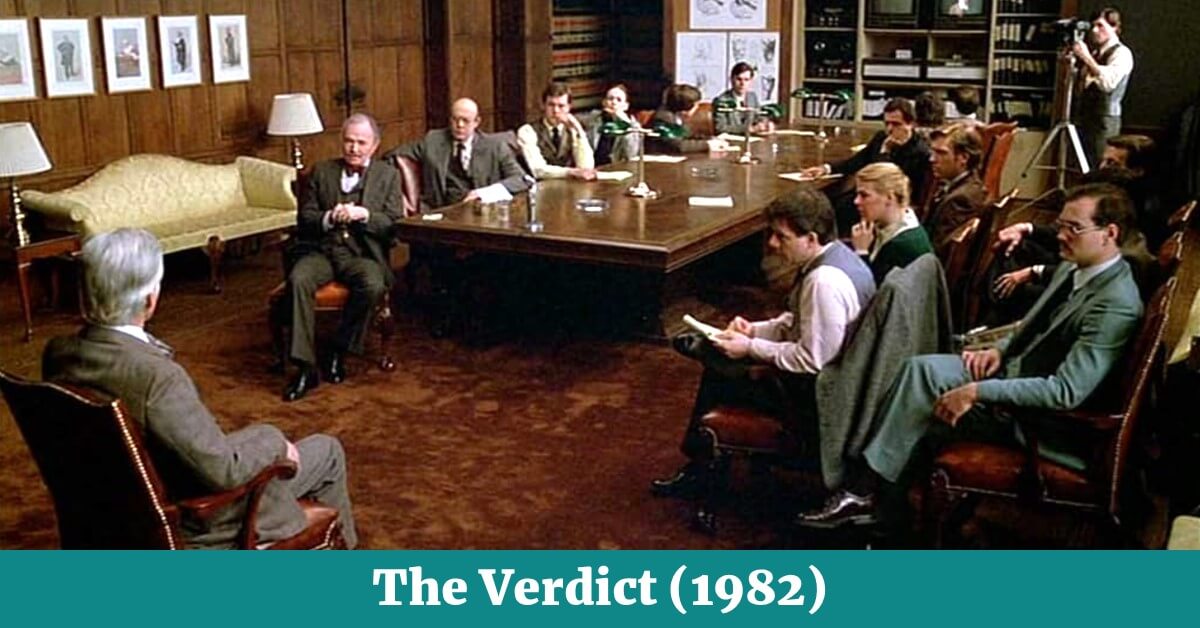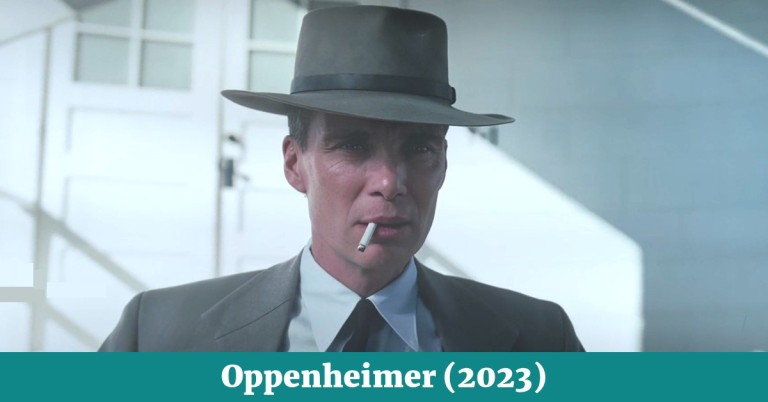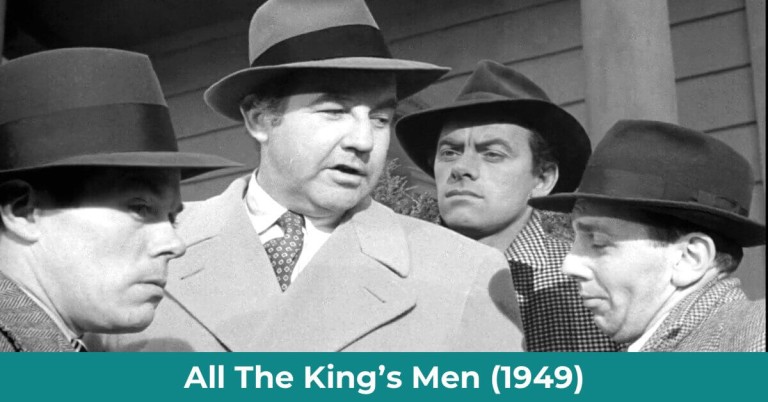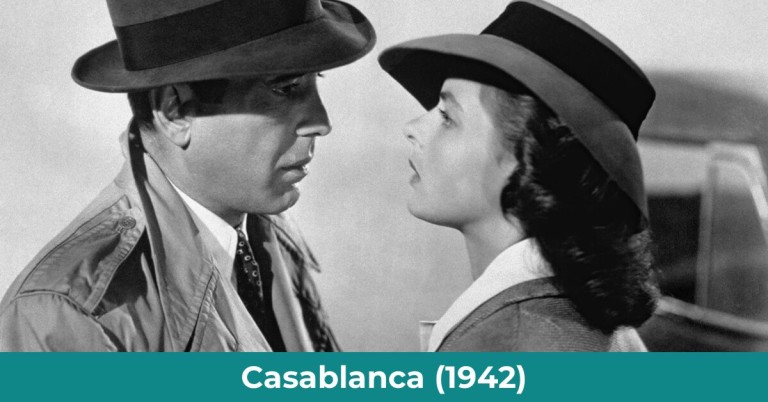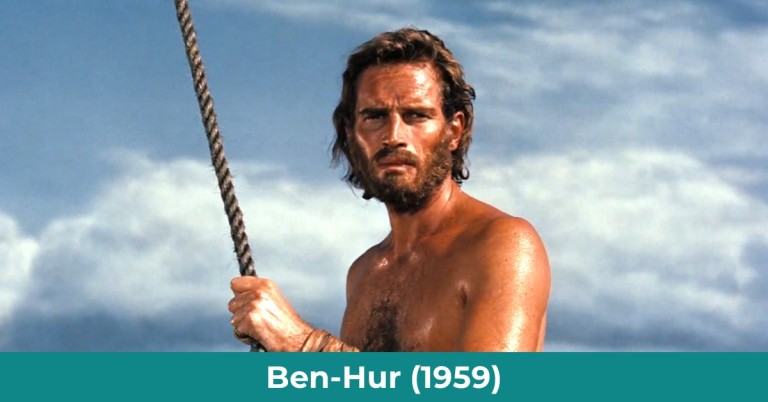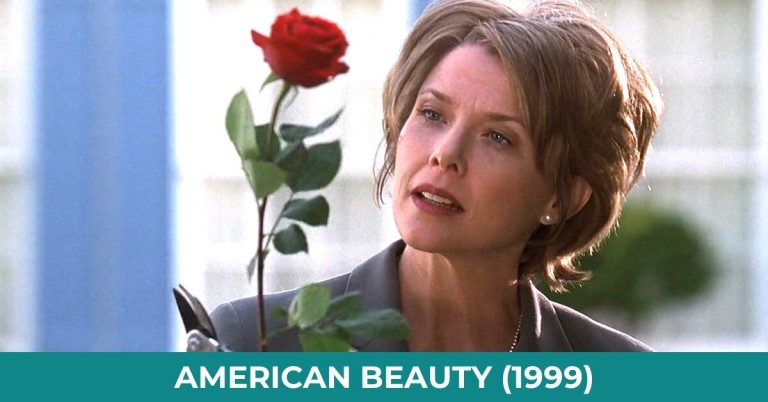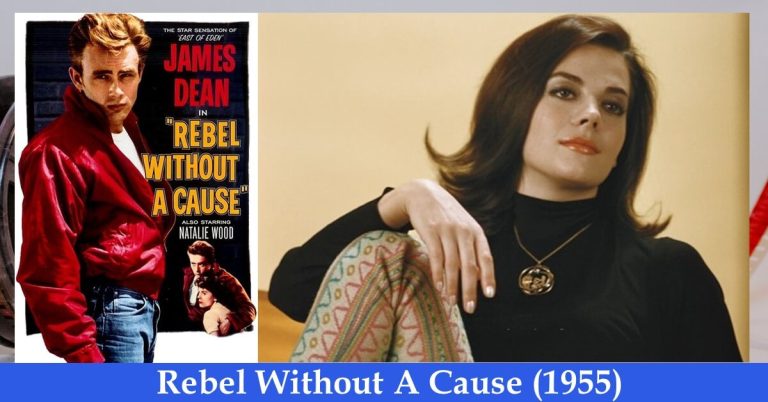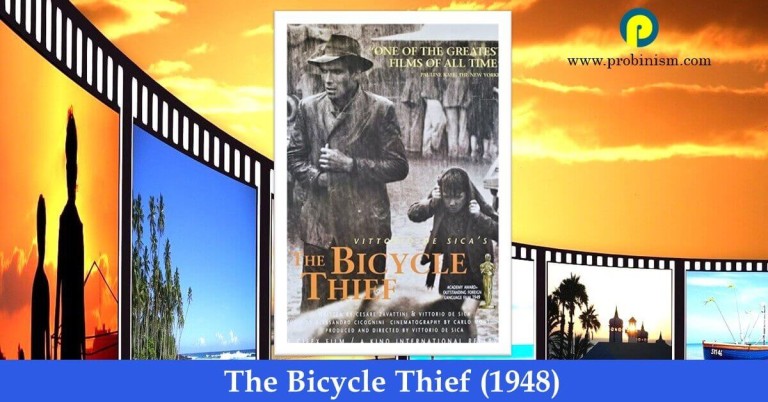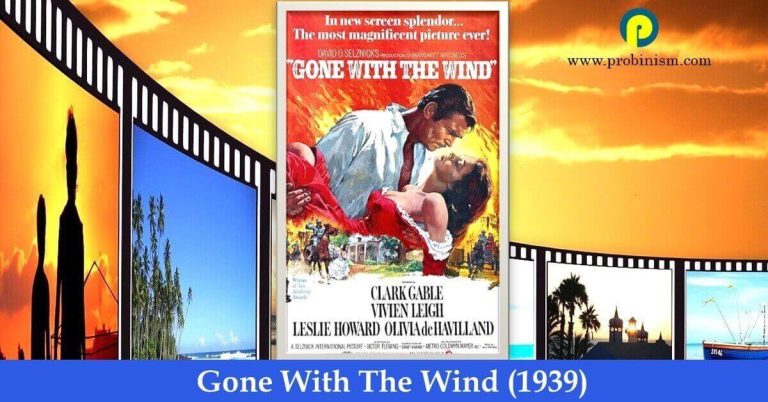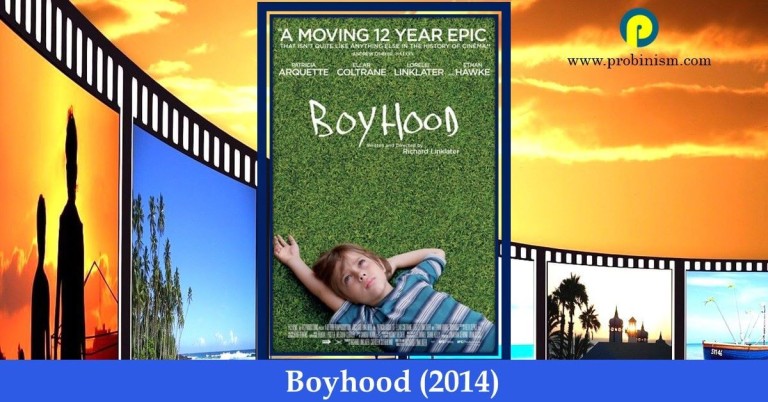Last updated on September 23rd, 2023 at 12:02 pm
The Verdict 1982 is a wonderful film based on an independent Boston Massachusetts attorney at law, Francis Galvin, who fought for a victim of medical negligence committed by two world-reputed doctors at St. Catherine Labouré Hospital. Galvin determined to fight in the court of law on behalf of the victim, Deborah Ann Kaye, against the well-organised network of powerful people and the law firm.
As a lacklustre lawyer, Galvin, without a proper witness represented the plaintiff in court to prove that Deborah Ann Kaye was induced anaesthesia wrongfully that killed her child and sent her in a coma for four years.
When justice became scarce, lawyers and judges were bought off by dependents and powerful institutions, Galvin made up his mind to do the thing that seemed right to him, all alone.
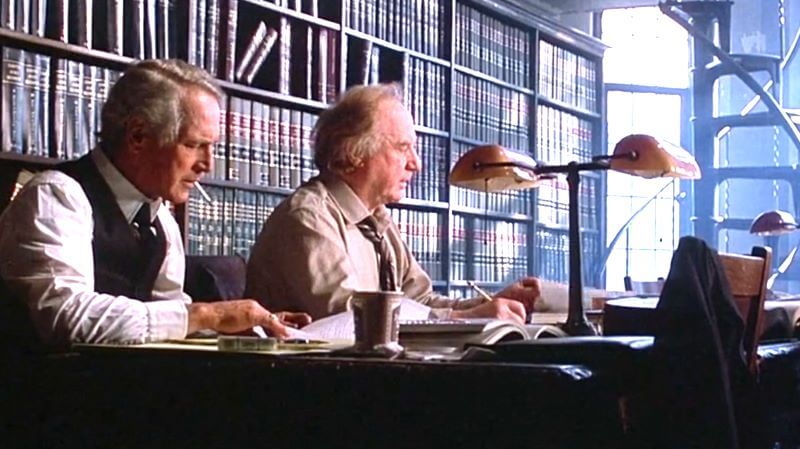
As always happens, St. Catherine Labouré Hospital was owned by archdioceses and Bishop Brophy was the head of the hospital when the incident occurred. To cover up the incident, he tried to settle the matter with $ 2100,000, but Galvin did not concede. He said, “I can’t do it. I can’t take it. Because if I take the money, I’m lost.” The conscience of seeking justice from the court of law propelled him to win it finally.
Crimes like that of medical negligence or medical errors are covered up most of the time. Because, institutions like St. Catherine Labouré Hospital will always be there as long as doctors like Max and Towler are there to make wilful negligence. Not only does the high cost abstain the poor from having healthcare, but the negligence related to treatment also has become a cause to send them to graves, even when they are not prepared to.
According to the World Health Organisation, 2.6 million people die annually due to unsafe medical healthcare in lower-income countries, like Bangladesh.
The Hopkinsmedicine.org research noted that 250,000 people die due to medical errors every year in the USA alone. People in Bangladesh are victims of the wrong operation, wrong treatment, wrong diagnosis and unsafe healthcare. Incidences as follows occupy news headlines very often.
A six-year-old died due to wrong treatment this year, a three years old baby died in 2018 from wrong treatment, a woman died due to wrong treatment in 2019, a private medical in the city of Chittagong had been alleged for giving wrong treatment. Frequently, the doctors are so unmindful of their duty that they do not forget to leave surgical equipment inside patient’s stomach or abdomen.
A surgical scissor was removed from a woman’s stomach after 20 years in Bangladesh, a pair of 6-inch surgical scissor were left in the abdomen of a two years old for 21 months, a scissor from a Vietnamese removed after 18 years, and a doctor in India left a scissor inside a patient’s stomach for 3 months. In Bangladesh, we more often than not hear the incidences of physicians leaving surgical equipment inside a patient’s stomach and death caused due to malpractice, maltreatment or medical error.
Most of the time, the victims are helpless poor who accept the decision of doctors unquestioningly or are settled by the powerful healthcare institutes or simply do not have anyone to fight for their rights for want of a Galvin who would fight or does fight for his client on pro bono. However, the lawyers who intend to stand for the poor and weak for justice are scarce and most of the time bought off, or simply lack the courage to compete with the powerful law firms.
Law has become a profitable business. The tyranny of lawyers with powerful and reputable law firms controls the tentacle of the court of justice. Justice is bought most of the time than won. Justice is delayed than hastened to award to the victims.
The circumstances where justice is not won by as right and conscience of the jury and the judges, it may exude the feeling of indifference to it. Just how a father of a murdered daughter said that he does not want justice for her speaks volumes about justice that have been deprived of to whom it is due.
Medical negligence is just one of the other forms of crime that demands due legal consequence to the perpetrators. In a society where doctors are revered as gods or demigods, the crimes committed by medical professionals are considered God’s decision.
Because doctors are exempted from all legal obligations of their crimes, cannot be blamed or sought justice against them. But The Verdict (1982) is the perfect epitome of the fact that none is above the law and everybody deserve justice, and Galvin purely exemplified how to earn it.
Storyline:
The Verdict
On May 12th, 1976, a young, healthy woman, Deborah Ann Kaye, goes to St. Catherine Labouré Hospital to deliver her third child and was given anaesthesia when her stomach was full, due to which she vomited in her mask and succumbed to a cardiac arrest. Due to a lack of supply of oxygen for a prolonged period, she suffered brain damage and went into a coma.
After four years her sister, Sally Donaghy, decided to seek justice for the medical error. She advised Galvin, a failed and independent lawyer who had only four cases in three years and lost them all. However, the director of St. Catherine Labouré Hospital Bishop Brophy believes its God’s will that Deborah had died.
Bishop offered her attorney, Galvin, $ 2100,000 for a settlement instead of taking the case to the court. Galvin did not accept the money, for he thought he will be lost the moment he accepted the money. Ed Concannon, the Bishop’s lawyer said the money will be withdrawn the moment the case is in court. Unmoved, Galvin wanted the people to know the truth behind Deborah’s death.
He replied to the Bishop, “that poor girl put her trust into the hands of two men who took her life. She’s in a coma. Her life is gone. She has no home, no family. She’s tied to a machine. She has no friends. And the people who should care for her, doctors and you and me, have been bought off to look the other way. We’ve been paid to look the other way.”
Known as an ambulance chaser, a lawyer who specializes in bringing cases seeking damages for personal injury, Galvin was driven by the conscience of doing the right thing for Deborah. Dr Gruber, the assistant chief anaesthesiologist at Mass Commonwealth, also believed that Deborah Ann Kaye was killed because of the wrong administration of anaesthesia, and he promised to testify in court but was not to be found anywhere. He was threatened and sent away in hiding by Concannon’s men.
Galvin had no witnesses except Dr Gruber, and a nurse who was in the operating room refused to speak. Already bought off, the judge tells him that the case should not have come to trial as there is no chance of winning it. Galvin and his friend Micky will lose the case if they cannot produce a witness, and they found an MD, Dr Thompson, who testified before regarding such medical errors.
Dr Thompson testified that “during delivery her heart stopped. When the heart stops, the brain was deprived of oxygen and got her brain damaged. That’s why she’s in the state she’s in today.” And it took nine minutes for that to happen. But, with the interference of the Judge, Dr Towler refuted that brain damage can happen in two minutes if deprived of oxygen, moreover, she was anaemic to quicken it.
Galvin asked for a mistrial and went in search of a nurse, Katlin Costello Prince, the nurse who admitted Deborah to the hospital, she was fired. He traced her in New York. She agreed to testify.
Dr Towler testified that the brain damage did not happen due to the administration of anaesthesia at the wrong time. Because he said, according to the admission record, Deborah had had her meal nine hours before her admission to the hospital. So, it was unlikely that she vomited in her mask because of the anaesthesia and suffered a heart attack.
In regard to contraindications of General Anaesthetic, Dr Towler’s book notes, “A patient should refrain from taking nourishment up to nine hours…prior to induction of general anaesthetic.”
“If the patient has taken nourishment within one hour prior to inducement, general anaesthetic should be avoided because of the grave risk… the patient will aspirate food particles into his mask.” He confirmed to the court that Deborah had her meal nine hours, not one hour, before her admittance to the hospital.
However, to his surprise, Miss Costello appeared in the courtroom when the judge asked Galvin for a rebuttal witness. She testified that she admitted Deborah Ann Kaye to the hospital, and she said she had her food 1 hour prior to admittance.
However the operating doctors were so tired that they did not look into the admittance form to check suitability for the administration of anaesthesia. When she died, Dr Towler changed the number 1 to 9 to avoid the risk of being blamed for negligence.
Ms Costello kept a photocopy of the original admittance form where one was written numerically. But to the objection of the dependent lawyer, the court disallowed the photocopy of the admittance form that Katlin Costello held for four years as ‘unsubstantiated’, along with her testimony.
It declared the copy as ‘unsubstantiated’, so was the jury advised not to consider the copy and witness of Ms Costello. Her entire testimony was be stricken from the record. And the jury must strike it from their minds. “Give it no weight!” said the judge.
As the trial was about to conclude the judge asked Galvin to give a summation. He spoke so convincingly that, the result of the verdict of the jury shocked all. He said, “please, God…tell us what is right, tell us what is true. I mean, there is no justice. The rich win, and the poor are powerless.
We become tired of hearing people lie. And after a time, we become dead. A little dead. We think of ourselves as victims. And we become victims. We become weak. We doubt ourselves; we doubt our beliefs. We doubt our institutions. And we doubt the law.
“But today you are the law. You are the law”, Galvin said to the jurors. “Not some book, not the lawyers. In my religion… they say “Act as if you had faith… and faith will be given to you. “If…if we are to have faith in justice, we need only to believe in ourselves, and act with justice. See, I believe there is justice in our hearts.”
To the great dismay of the judge and the dependent lawyer, the jury came with the verdict to “hold for the plaintiff, Deborah Ann Kaye and against St. Catherine Labouré, and Doctors Towler and Marx’ and the jury proposed to award the plaintiff with a bigger amount the plaintiff asked for.
Who gets justice?
Injustice is always done by the powerful to the weak in many different forms. Justice is expensive when many victims of injustice lack afford to afford lawyers and lack the courage to fight for their rights. In the court, it’s always well-orchestrated law firms versus lone wolf lawyers, where the justice and the truth remain buried under the heavy weight of judicial complexities.
American author Naomi Novik wrote, “Justice is expensive. That is why there is so little of it, and it is reserved for those few with enough money and influence to afford it.” It has been handled by unjust people all the more. There is not a lawyer or hardly any who would and stands for the weak to avail them their rightful justice.
While talking to his friend Micky, Galvin said, “The weak have gotta have somebody to fight for ’em. That’s why the court exists. The court doesn’t exist to give them justice. The court exists to give them a chance at justice.”
Today the court exists but justice is not. Criminals go to court to buy off justice, and the victims unavoidably run into the cobweb of routine exasperation. Injustice is hushed up to maintain the continuing values of institutions or individuals. Reputation is upheld at the expense of justice.
To Kill a Mockingbird (1962) shows how vital a part is played by a jury to show its contempt toward black people, and how a white lawyer stood for the black victim of injustice, while the judge sympathetically sided with the victim, but was powerless because the jury had to decide what was right and wrong. Blinded by racial prejudice, neither justice nor mercy crossed the mind of the jurors.
But The Verdict (1982) poses a contrary scenario. Galvin says, “we’re none of us protected. We just… have to go on… seek help where we can and go on.” He sought help from the custodians of conscience and was awarded justice.
The film shows that even when the judge, lawyers and system of justice is either bought off or rigged, the jury may still can mete out justice to the victims. With all the corrupted minds around, it can still maintain its integrity.
Conclusion
“There may be times when we are powerless to prevent injustice, but there must never be a time when we fail to protest”, wrote Romanian-born American writer Elie Wiesel. No matter how powerful and impressive the perpetrators or opponents, we must not be fearful to stand for and with justice, or else are allowing injustice to take place and repeat itself.
The Verdict (1982) speaks a great deal about the law, justice and how it can be taken away or can be won. In doing so we must have the tenacity to pursue it, unintimidated. One of the great films, indeed.
Acted by Paul Newman (as Frank Galvin), Jack Warden (as Micky Morrisey), James Mason (as Ed Concannon), Milo O’Shea and others, The Verdict (1982) is one of the 100 best films of 100 years in my watch list.

